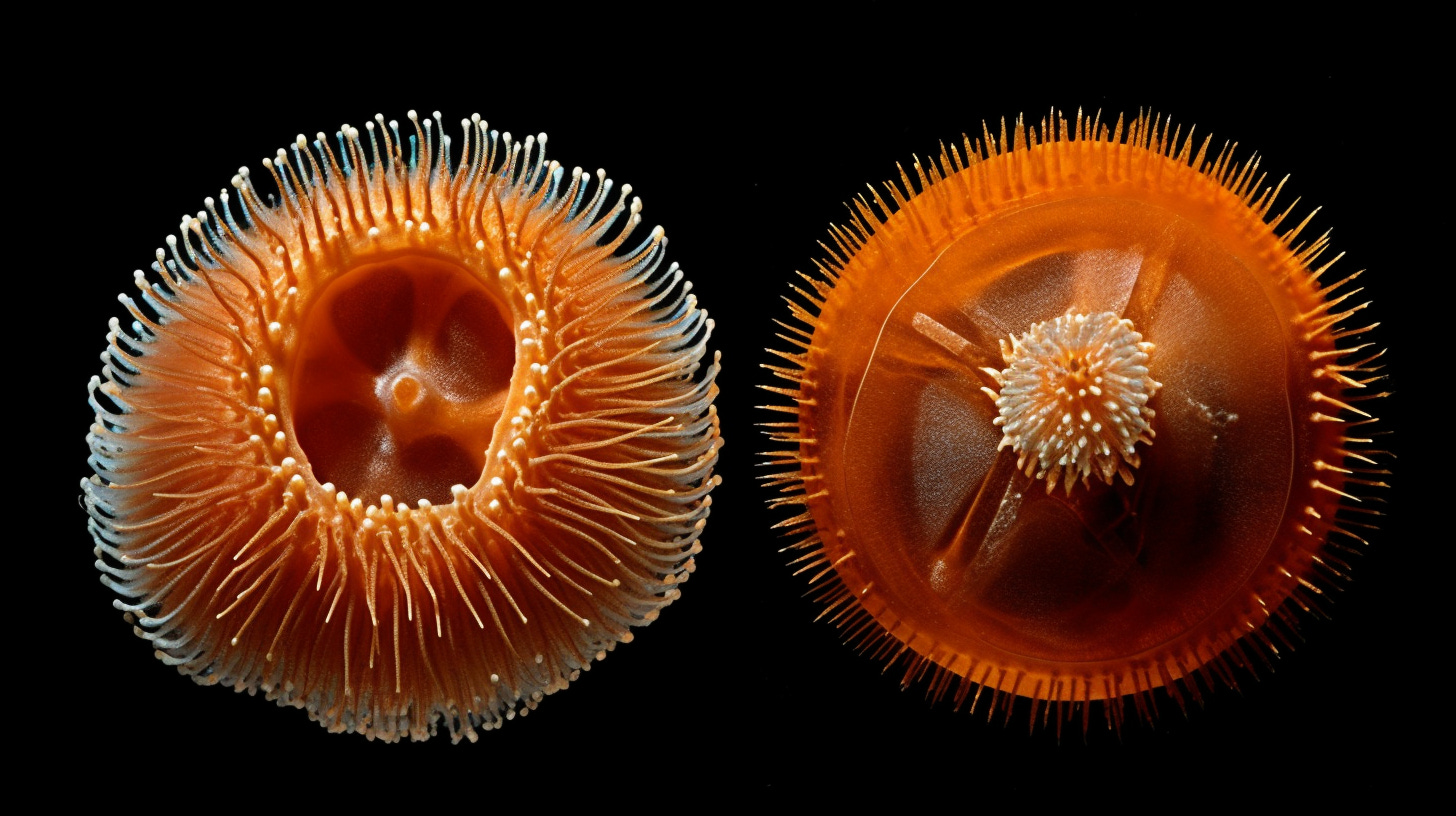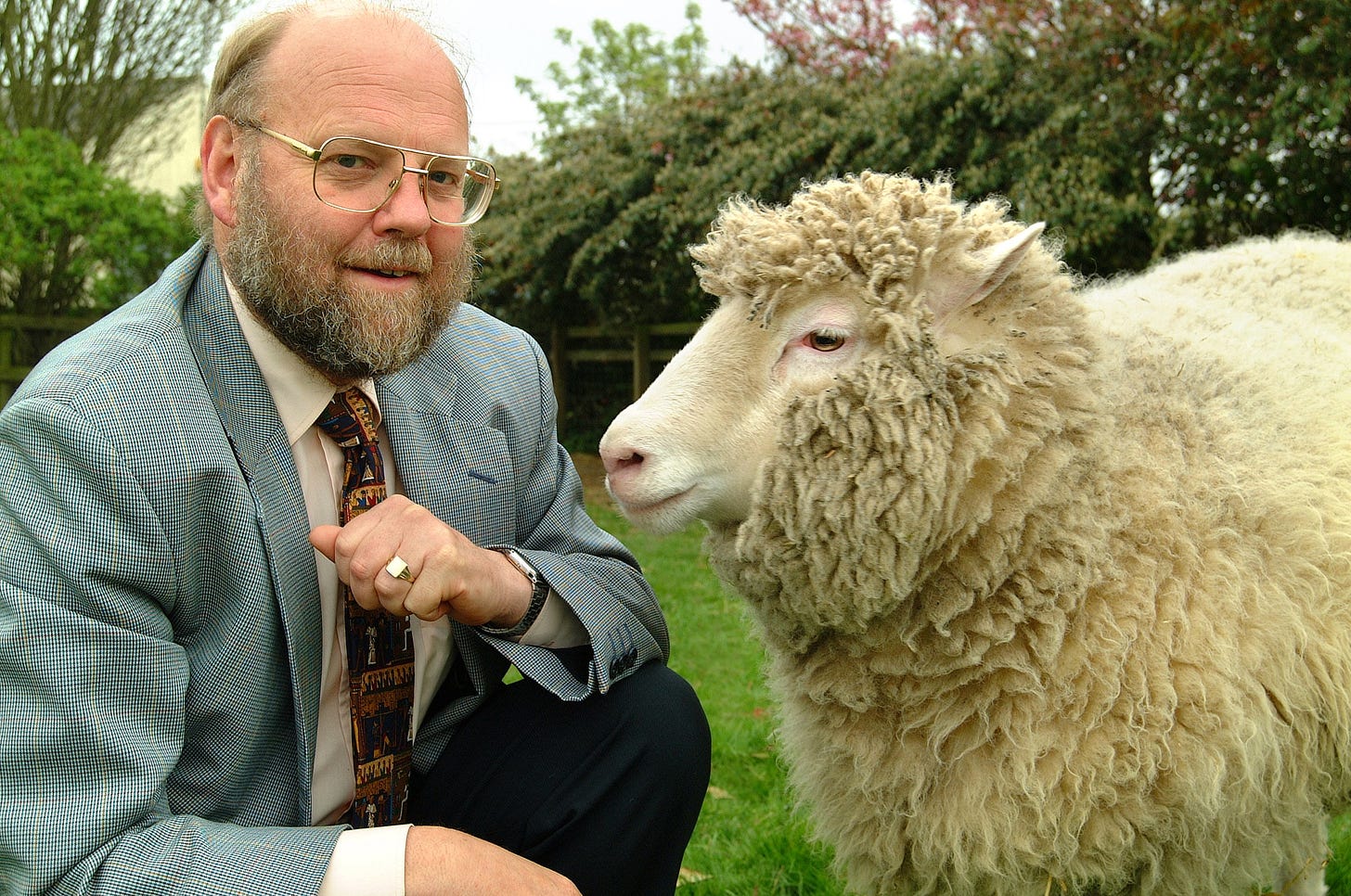From Sea Urchins to humans? A Brief History of Cloning
The concept of cloning has long been a subject of fascination, ethical debate, and scientific exploration. From the mythical doppelgängers to the cutting-edge laboratories, cloning has captured the imagination of many. But how did we get here?
Our journey begins in 1885 when a German embryologist, Hans Driesch, accidentally cloned a sea urchin. Driesch separated the cells of a sea urchin embryo, expecting them to grow into two incomplete organisms. To his surprise, each cell developed into a full-fledged sea urchin. This discovery laid the foundation for understanding the potential of cloning (1).
Fast forward to 1952, when two American scientists, Robert Briggs and Thomas King, made the first successful attempt at cloning a tadpole. They used a technique called nuclear transfer, in which the nucleus of an egg cell is replaced with the nucleus of a donor cell. The experiment was groundbreaking, but the tadpoles never metamorphosed into adult frogs (2).
The 1960s and 70s saw significant advancements in cloning. In 1962, British biologist John Gurdon successfully cloned a frog using the same nuclear transfer technique. This time, the tadpoles developed into adult frogs (3). This achievement fueled the scientific community's interest in cloning, and soon, researchers started cloning other animals like mice, cows, and sheep.
Now, here's where the story gets really interesting. In 1996, a team of scientists led by Ian Wilmut at the Roslin Institute in Scotland cloned a sheep named Dolly (4). Dolly was the first mammal cloned from an adult somatic cell, making her a scientific marvel. Dolly's birth was a watershed moment in the history of cloning, as it proved that cloning mammals was indeed possible.
(image credit - https://www.nms.ac.uk/explore-our-collections/stories/natural-sciences/dolly-the-sheep/)
Dolly's creation sparked widespread interest and debate. The public was both fascinated and concerned about the ethical implications of cloning. Dolly became a celebrity, and her life was closely monitored by the media. However, Dolly's health deteriorated over time, and she was eventually euthanized in 2003 due to a progressive lung disease (5).
Despite Dolly's health issues, her existence opened the door to numerous cloning experiments. In 2001, scientists in Hawaii cloned a group of mice, some of which were cloned from clones (6). This experiment demonstrated that cloning could be repeated through multiple generations.
The cloning of endangered species also became a hot topic. In 2001, a team of scientists led by Robert Lanza cloned a gaur, an endangered large wild ox from India and Southeast Asia. The gaur, named Noah, was born but died just 48 hours later due to a bacterial infection (7). This incident highlighted the challenges and risks associated with cloning endangered species.
In 2005, a South Korean scientist, Hwang Woo-suk, claimed to have cloned human embryos and extracted stem cells from them. This announcement sent shockwaves through the scientific community. However, it was later revealed that Hwang's claims were fraudulent, and he was dismissed from his position at Seoul National University (8).
In recent years, cloning research has taken a fascinating turn with the development of synthetic embryology. This new approach aims to recreate early stages of development without using embryos from fertilized eggs. Instead, it uses special stem cells that appear later in development (9).
A team of scientists led by Hanna has made an exciting breakthrough by guiding these stem cells to form a complete model of an embryo, including both the main embryo and the supportive tissues that help it grow. They managed to grow these synthetic mouse embryos (sEmbryos) in a special incubator for eight days, going through important stages like implantation, gastrulation, and early organ development. What's amazing is that these sEmbryos were created using only certain types of stem cells that are commonly grown in labs all over the world.
Cloning has come a long way since Driesch's sea urchins. With each new discovery, we move closer to understanding the complex processes involved in cloning and the potential applications of this technology. As research in synthetic embryology and other cloning techniques advances, we are inching closer to having the building blocks that could enable cloning humans.
References:
Driesch, H. (1892). The potency of the first two cleavage cells in echinoderm development. Experimental production of partial and double formations. Wilhelm Roux's Archives of Developmental Biology, 1(2), 115-144.
Briggs, R., & King, T. J. (1952). Transplantation of living nuclei from blastula cells into enucleated frogs' eggs. Proceedings of the National Academy of Sciences, 38(5), 455-463.
Gurdon, J. B. (1962). The developmental capacity of nuclei taken from intestinal epithelium cells of feeding tadpoles. Journal of Embryology and Experimental Morphology, 10(4), 622-640.
Wilmut, I., Schnieke, A. E., McWhir, J., Kind, A. J., & Campbell, K. H. (1997). Viable offspring derived from fetal and adult mammalian cells. Nature, 385(6619), 810-813.
Roslin Institute (2003). Dolly the Sheep dies young. Retrieved from https://www.roslin.ed.ac.uk/public-interest/dolly-the-sheep/
Wakayama, T., Perry, A. C., Zuccotti, M., Johnson, K. R., & Yanagimachi, R. (1998). Full-term development of mice from enucleated oocytes injected with cumulus cell nuclei. Nature, 394(6691), 369-374.
Lanza, R. P., Cibelli, J. B., Diaz, F., Moraes, C. T., Farin, P. W., Farin, C. E., ... & West, M. D. (2000). Cloning of an endangered species (Bos gaurus) using interspecies nuclear transfer. Cloning, 2(2), 79-90.
Kennedy, D. (2006). Editorial retraction. Science, 311(5759), 335-335.
Cell. (2022). Synthetic mouse embryos. https://doi.org/10.1016/j.cell.2022.07.028





